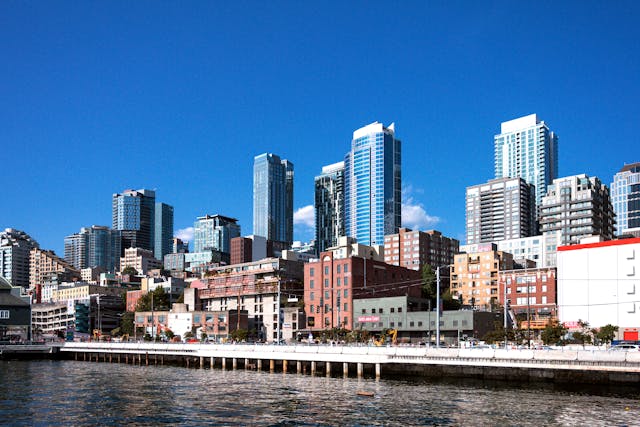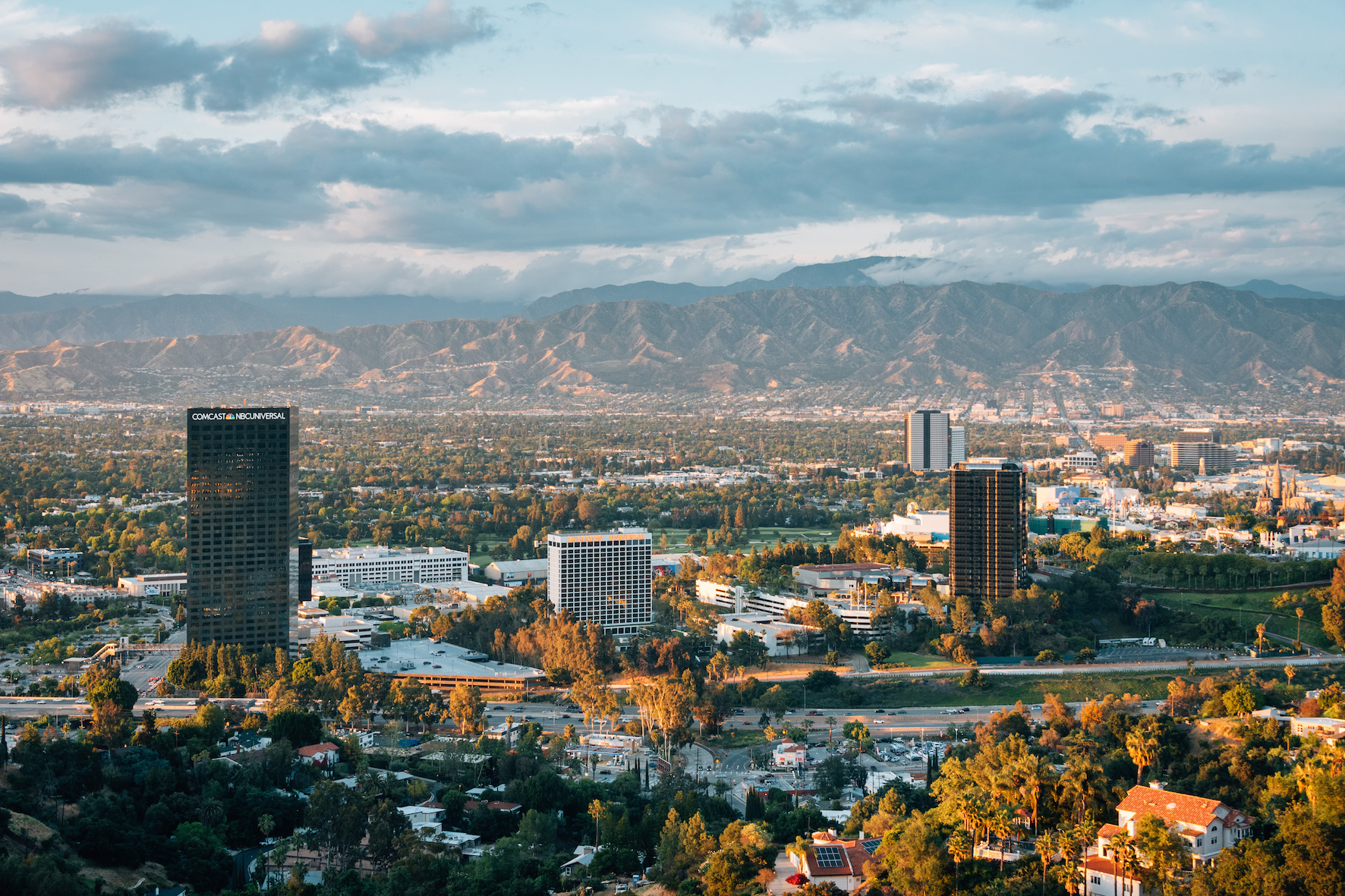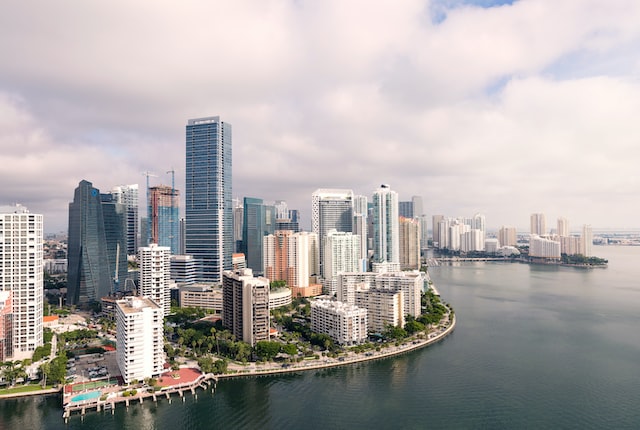Archive for the ‘Market Overviews’ Category
February 6th, 2025

The gradual rollback of remote work arrangements, which were put in place as a short-term fix to keep businesses operating during the height of pandemic lockdowns, has now given rise to one of the most contentious issues in the employment arena. To return to the office, or not to return, that is the question.
Some prominent businesses like Spotify are steadfastly upholding flexible work-from-home policies, stating resoundingly that “remote staff aren’t children.” Other tech giants, however, such as Amazon and iPhone challenger, Nothing, have made U-turns on their previous work-from-home policies, implementing return-to-office policies across the board for all corporate employees.
Taking their lead from the tech heavyweights, return-to-office (RTO) mandates are now widespread for businesses throughout the United States. And with the new administration declaring an RTO mandate for all federal employees of government offices throughout the country, the tide well and truly seems to be shifting against remote, hybrid, and even flexible work schedules.
Drastic Shift: From Widespread Remote Work to Full RTOs
The prestige and dominant market power of big-name tech brands helps ensure they can continue to attract top talent in droves, regardless of any contentious mandates like a full RTO. This will remain true even despite the attrition of former remote hires who were attracted by the flexible work location policies of a few short years ago.
Read the rest of this entry »
Tags: employee engagement, Employee Preferences, Employment, Flexible Offices, office amenities, Office Market Statistics, Return to Office, RTO, Work Perks, workplace culture, Workplace Regulations
Posted in Business Advice, Employee Recognition, Employment and Worklife, Market Overviews, Office Amenities, Office Health, Office Planning, Office Relations, Office Space Forecasts and Trends, Office Talk, Remote Workers, Trends and Statistics | No Comments »
Add to: Del.icio.us | Digg
January 23rd, 2025

The United States boasts a diverse array of cities, each offering unique advantages for entrepreneurs. The country has a very dynamic business scene and ranks 6th among all OECD high-income countries for ease of doing business.
The United States is also the world’s biggest economy, with more than 33 million businesses, which confirms its standing as one of the most favorable environments for starting a business.
In addition to a vast consumer market, high rates of pay, abundant resources, and a culture that encourages innovation and entrepreneurship, the nation offers numerous opportunities for new ventures. However, choosing the right city to launch a new business is crucial to leveraging these benefits effectively.
This article explores the top 10 cities to start a business in the USA, highlighting what makes each location exceptional for entrepreneurs.
Read the rest of this entry »
Tags: Arizona, Best US Cities for Business, Business Advice, Business Start Ups, Florida, Georgia, North Carolina, statistics, Tennessee, Texas, USA, USA Cities
Posted in Atlanta, Best Cities for Business in the USA, Business Advice, Business Districts, Business Start Ups, Cities & States, Entrepreneurs, Florida, Georgia, Market Overviews, Miami, North Carolina, Texas, Trends and Statistics | No Comments »
Add to: Del.icio.us | Digg
May 24th, 2024

Thanks to its academic status and thriving innovation scene, Boston is considered one of the top business hubs on the East Coast. In particular, the city and the surrounding areas have become the destination of choice for many startups, not only due to the availability of talent and funding, but also given the quality and diversity of office accommodation options.
In this article, we offer detailed insights into the cost of renting office space in Boston, district by district.
Office market trends in Boston
Over the past decade, the Boston office space market has seen fluctuating performance, witnessing shifts in demand and supply. Initially, the growth of the tech and life sciences sectors contributed to the expansion of the office market, with the development of new and modern spaces that could accommodate the requirements of these occupiers. Low vacancy levels translated into increasing asking rates, in particular in areas like East Cambridge and Sommerville, while other tenants were pushed out of the market as they couldn’t always compete with the budget of occupiers like MIT, Novartis, and Google.
Read the rest of this entry »
Tags: Boston, Business Advice, commercial property, Commercial Real Estate, Office Market Trends, Office Rental, Office Space Trends and Forecasts
Posted in Boston, Business Districts, CBD's, CRE, Market Overviews, Office Planning, Office Space Forecasts and Trends | No Comments »
Add to: Del.icio.us | Digg
April 22nd, 2024
Comparing Office Space Costs: LA vs. San Francisco
Los Angeles and San Francisco are home to some of the largest and most dynamic office space markets on the US West Coast. However, there are important differences in the costs involved in setting up an office in these locations. In this article, we offer a comparative cost analysis of office lease costs between Los Angeles and San Francisco.

Los Angeles: The US creative capital
Being the nation’s creative capital, Los Angeles is a magnet for businesses looking for office space to carry out media, entertainment, design, and advertising activities.
In 2023, the city’s creative industries contributed nearly 15% of the state’s total economic output.
The majority of these businesses are located in downtown LA but also in exclusive hillside and waterfront locations, such as Hollywood, Silicon Beach, the Arts District, Playa Vista, and Burbank.
Read the rest of this entry »
Posted in California, Los Angeles, Market Overviews, Office Rental, Office Space Forecasts and Trends, San Francisco | No Comments »
Add to: Del.icio.us | Digg
October 28th, 2022

Even though Florida’s office sector held strong during the pandemic, some investors are now feeling cautious as a result of geopolitical tensions, inflation, reduced spending, and rising interest rates. Despite the cooling sentiment, vacancy rates for commercial spaces are continuing to decrease across the State, especially in the office market. Fuelling Florida’s continued market positive is an overall increase in jobs, combined with low unemployment rates and generally favorable business conditions.
Market Highlights
Asking rates in Miami Beach have increased significantly, with some offices costing more than $120 sq/ft. On average, however, actual rental prices for this premium market are much lower, at roughly $70 sq/ft.
Additionally, the vacancy rate for Miami Beach is relatively low at 12.7%, just behind Brickell and Wynwood. Consequently, there has been a recent uptick in development activity driven by those looking to take advantage of the favorable conditions. Some notable projects include 1177 Kane Concourse (101,000 sq/ft) and Terminal Island Office Project (161,000 sq/ft), slated for delivery in 2024.
Read the rest of this entry »
Tags: 2022, flexible office space, industrial space, Miami, office market, retail space
Posted in 2022, CRE, Market Overviews, Miami, Trends and Statistics | No Comments »
Add to: Del.icio.us | Digg
September 21st, 2022
 The Las Vegas commercial real estate (CRE) market has continued its recovery and stabilization since emerging from the pandemic. Positive signs for Q2 2022 include reduction in vacancies, positive net absorption, increased asking rents, and the delivery of two projects adding 188,909 square feet (sq/ft) office space to the market.
The Las Vegas commercial real estate (CRE) market has continued its recovery and stabilization since emerging from the pandemic. Positive signs for Q2 2022 include reduction in vacancies, positive net absorption, increased asking rents, and the delivery of two projects adding 188,909 square feet (sq/ft) office space to the market.
Strong pre-leasing and inquiry numbers for planned and under-construction projects, along with a rise in companies looking to the Las Vegas Valley to expand or relocate operations entirely, round out the positive sentiment currently seen in the market.
For office product in particular, Las Vegas saw a Q2 of mixed results. On the back of some notable expansion in Q1 2022, Southern NV’s office market has appeared to cool at mid-year. Investment prices reached record levels, however, vacancy rates edged higher. The Southwest submarket continues to see rising rents and additional leasing activity as tenants continue to funnel to this historically popular region.
There are currently 4,660 CRE spaces for lease in Las Vegas, amounting to 41.5 million square feet of space. Out of the 1280 commercial buildings available for sale, 505 have been leased in the past month, with 12 new listings coming onto market at time of print.
Key Takeaways
- Total inventory under construction – 468,400 square feet
- Overall vacancy – 12.7% (a rise from 12.5% in Q1)
- Net absorption – negative 284,323 square feet
- Availability – 6.2 million square feet
- Average asking rents – $28.50 per square foot per year (a decline of $0.02 from Q1)
- Investment sales – $50.5 million (down from $75.5 million in Q1)
Read the rest of this entry »
Tags: 2022, Class A, Class B, Class C, coworking report, economic reports, Las Vegas, nevada, office market report, Q2
Posted in CRE, Las Vegas, Market Overviews, Nevada | No Comments »
Add to: Del.icio.us | Digg
September 1st, 2022

Houston Office Market
Latest data from Q2 2022 shows Houston’s total office space inventory at 349.5 million square feet, a significant bump in supply from the mid-2021 figure of 173 million square feet. Despite the increase in stock, there have finally been gains in occupancy, with Q1 signalling this healthy marker for the first time since the start of the pandemic.
There were hints of this recovery at the end of 2021. The trend of last year’s subpar market performance was bucked by Class A and trophy office space (Class A+), which accounted for more than 60% of all leasing activity in Houston during Q3 2021. This positive influence has continued into Q2 2022, with Class A demand being the sole driver for occupancy gains in roughly half of Houston’s office submarkets.
Recently refurbished Class A offices, in developments built after 2005, are bucking the vacancy rate trends. These buildings report only 17% vacancy in Q2 2022, compared to the overall Class A vacancy rate of 25.6%. The new renovation programs undertaken by these mid-age office suppliers have clearly been a hit with Houston businesses, serving to satisfy post-pandemic amenity demands better than their newly developed A Grade counterparts.
Despite these low vacancy rates, the five largest leasing deals during Q2 2022 were for new and Class A CBD office space. This trend can be further illustrated by the newly completed Texas Tower, with occupancy already at 70% leased, despite only opening in the first quarter of 2022. As with the vast majority of major cities in the United States, the Houston CBD appears to be the focal point for the highest activity.
Key Takeaways
- Inventory – 349.5 million square feet
- Overall vacancy – 23.4% (a slight decrease from Q1’s 23.6%)
- Net absorption – negative 90,000 square feet (due to coming off the back of the bumper mid-year figure of +641,7000 when several substantial tenants moved into newly completed offices)
- Availability – 27.6%
- Average asking rents – $30.80 (up 1.9% YOY)
- Investment sales – $156 per square foot (up from $116 in Q2 2021)
Read the rest of this entry »
Tags: 2022, coworking, Houston, industrial, market reports, Office Space, retail, vacancy rates
Posted in Best Cities for Business in the USA, CRE, Houston, Market Overviews | No Comments »
Add to: Del.icio.us | Digg
August 22nd, 2022
Among the many changes brought about by COVID-19, the disruption to work arrangements and mobility patterns is perhaps the most profound.
Since 2020, companies of all shapes and sizes have decided to re-structure their workforce, implementing new working models and providing employees with previously unforeseen levels of mobility. This freedom has resulted in many of these employees re-structuring their lives, relocating to more affordable or personally preferable cities. Moreover, the increased implementation of remote and hybrid office-work models has changed the way employers and employees think about location, causing many workers to reassess the need to live close to major business centers.

Read the rest of this entry »
Tags: 2022, austin, Charlotte, colorado springs, dayton, decentralization, detroit, huntsville, kansas city, nashville, pittsburgh, remote work, sacramento
Posted in Company Relocation, Market Overviews, Office Space Forecasts and Trends | No Comments »
Add to: Del.icio.us | Digg
August 8th, 2022

Office Space
As of Q2 2022, we’re continuing to see signs of Atlanta’s increased post-pandemic recovery when compared to its peers. Office occupancy rates have shot up dramatically since Q2 2021, though leasing overall has still not reached pre-pandemic levels. Major players — including Google, Microsoft, Visa, and Airbnb — have been in the process of opening up thousands of high salary jobs in offices throughout Atlanta, heavily contributing to the increased positive sentiment that has permeated throughout the office sector in 2022.
Rents have settled after the turbulent events of the early 2020s. Vacancy rates in the metro are still sitting around 18%, making it harder for providers to hike rates. Overall vacancy rates have dropped from 18.8% in Q1 2022 to 18.4% in Q2, providing more evidence of recovery. Despite this, vacant square footage by volume has increased in the metro area, with just over 43 million sq/ft vacant in the middle of 2022 representing a rise compared to the same time in 2021, which saw 42 million sq/ft of vacant office space.
Vacancy rates in Midtown are down to 19% in Q2 2022, compared to 22% in Q2 2021. South Atlanta still shows the lowest vacancy rates across the metro area at 11.7%, though this is up from the Q2 2021 figure of 10%. Despite this increase, recovery is still trending positively when compared to other areas in Atlanta — though reaching the healthy metrics of 2019 is still a ways off. Read the rest of this entry »
Tags: 2022, Atlanta, Commercial Real Estate, coworking, industrial space, market overviews, Office Space, statistics
Posted in Atlanta, Georgia, Market Overviews, Office Space Forecasts and Trends, Trends and Statistics | No Comments »
Add to: Del.icio.us | Digg





 The Las Vegas commercial real estate (CRE) market has continued its recovery and stabilization since emerging from the pandemic. Positive signs for Q2 2022 include reduction in vacancies, positive net absorption, increased asking rents, and the
The Las Vegas commercial real estate (CRE) market has continued its recovery and stabilization since emerging from the pandemic. Positive signs for Q2 2022 include reduction in vacancies, positive net absorption, increased asking rents, and the

